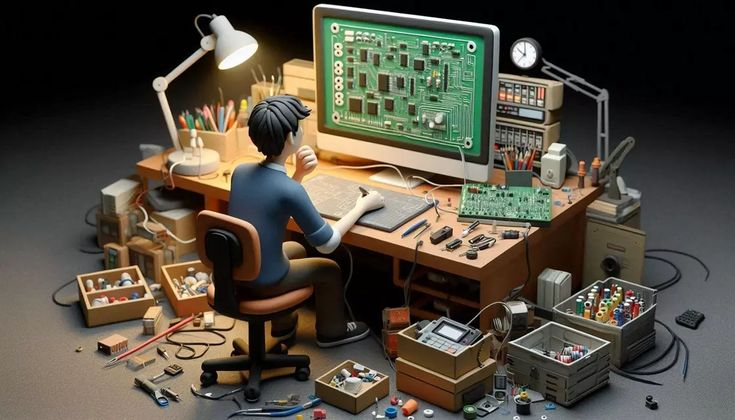Product development isn’t just about ideas. It’s about execution, speed, and precision. Behind every smart device, digital appliance, or tech gadget is a complex web of connections made possible by one small but mighty player—the printed circuit board. Without it, modern electronics would be chaotic, unreliable, and clunky. That’s why printed circuit board assembly (PCBA) plays a defining role in how successful a product can become.
The Silent Backbone of Modern Electronics
Every electronic product you use—whether a smartwatch or a medical monitor—relies on intricate electronic pathways to function. These pathways don’t just appear by magic. They’re carefully engineered and embedded within layers of a printed circuit board.
While most users never see the inner skeleton of their device, it’s this hidden architecture that ensures performance, safety, and longevity. The success of product development depends on this invisible but vital system.
Printed Circuit Board Assembly Streamlines Design and Function
Printed circuit board assembly refers to the process of mounting electronic components onto a PCB to create a functioning unit. This step turns raw boards into fully operational circuits. The term may sound technical, but at its core, it’s all about organization and precision.
A printed circuit board assembly enables tight integration of features, which means smaller, faster, and more energy-efficient devices. In modern product development, PCBA isn’t optional—it’s essential. Without it, design concepts can’t leap off the page and into customers’ hands.
Prototyping Relies on Quality Printed Circuit Board Assembly
Prototypes are the lifeblood of innovation. They’re how teams test ideas, gather feedback, and adjust design choices. But a poorly assembled board can sabotage even the smartest prototype.
PCB assembly in early development stages ensures that everything from power supply to signal integrity behaves exactly as intended. This precision reduces redesigns and speeds up go-to-market time. In essence, PCBA is the difference between a functioning test model and a failed experiment.
Customization and Scalability Are Built into the Assembly Process
No two products are exactly alike. A fitness tracker and a satellite component need vastly different layouts, materials, and tolerances. The flexibility of PCB assembly makes it easier to accommodate different product goals without starting from scratch.
As demand grows or specs shift, the same PCBA processes can be adjusted and scaled. Whether it’s a hundred boards for a startup or a million units for a global brand, this adaptability makes all the difference. It gives teams the confidence to grow fast while maintaining consistent quality.
Collaborative Engineering Begins at the Board Level
Cross-functional collaboration is at the heart of successful development. Engineers, designers, and manufacturing teams must speak a common language. Printed circuit board assembly offers that shared ground.
From layout reviews to test point integration, PCBA aligns team efforts and clarifies how each design choice impacts performance and manufacturability. In many ways, it becomes a communication tool as much as a functional component. And when teams collaborate well, products get better.
Conclusion
In a world that runs on electronics, the printed circuit board is more than a hidden layer—it’s the core structure on which innovation is built. Printed circuit board assembly transforms ideas into realities, enabling speed, reliability, and efficiency at every step. For product developers, understanding and embracing PCBA isn’t just technical know-how—it’s strategic vision. Without it, the smartest idea might never light up.

